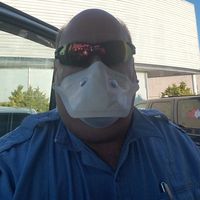Sign in to follow this
Followers
0

ISO Class Question
Started by
EdAngiolillo,
-
Recently Browsing 0 members
No registered users viewing this page.

Started by
EdAngiolillo,
No registered users viewing this page.